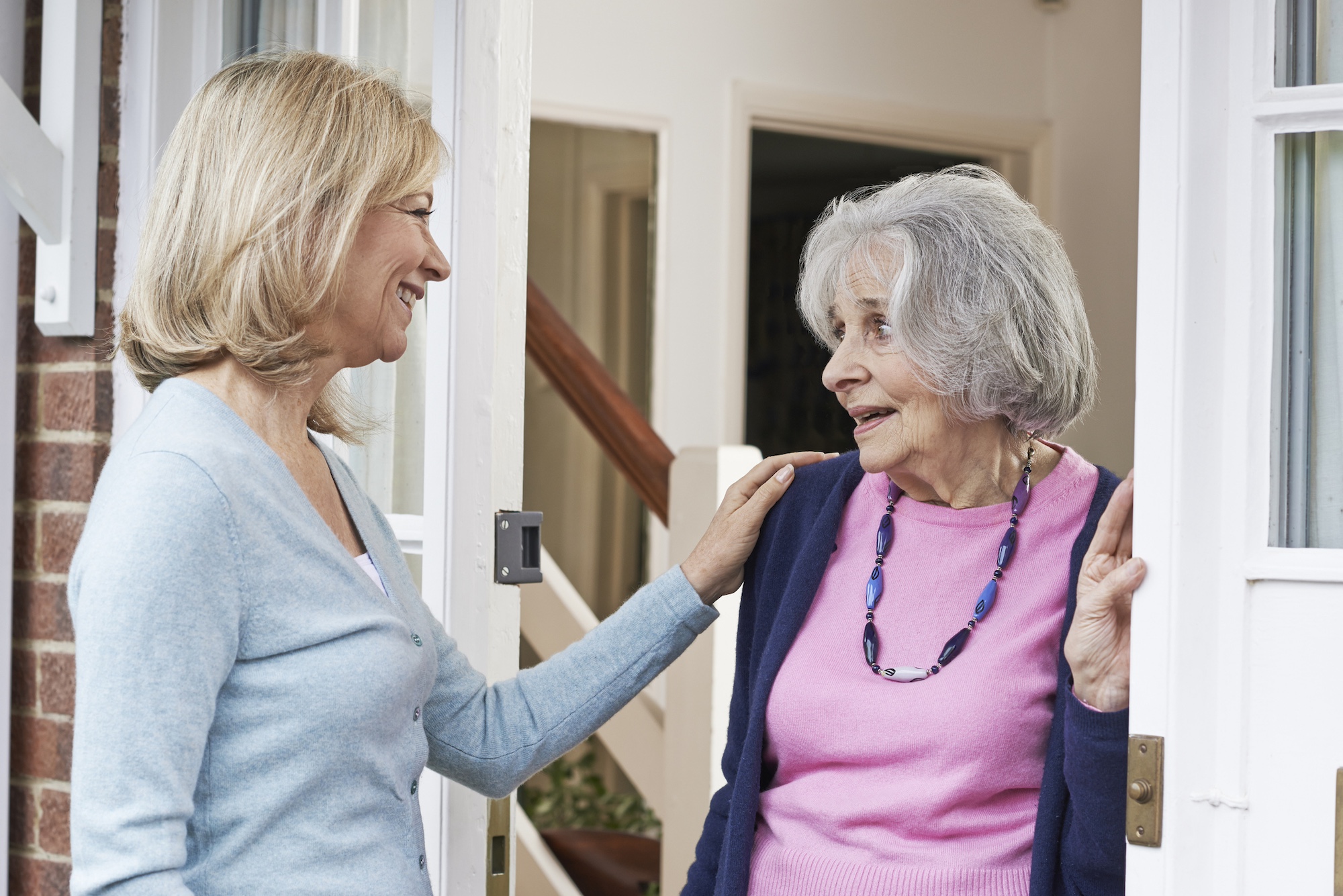Australia is one of the most beautiful places in the world to live. Extraordinary landscapes, incredible rainforests, reefs, deserts, rivers and beaches. Enjoying that beauty also comes with risk.
Every summer brings with the possibility of extreme weather. And when these events intersect with people, our language around summer soon changes to disasters.
As we enjoy our surrounds there are a few basic things we can all do to reduce the risks we face.

Know your risk
Knowing when and what to expect of extreme weather is vital. If you live near water, know the difference between minor, moderate, and major flooding and what those warnings mean for your community. Flood maps from councils will help you identify impact on your property, where you work or the roads in between.
This year we expect an El Nino event, which means less rain, higher temperatures, and more bushfires. Agencies such as the Queensland Fire and Emergency Services provide advice for reducing your personal risk from bushfire, flood, storm, and other events. Simple approaches are often the most effective and reduce the likelihood of needing to rely on emergency services. Clearing debris from around the house, clearing gutters of leaves, keeping roofs maintained and having some basic survival items such as a torch, radio and bottled water can all reduce risk and stress.
Heatwaves are not always thought of as disasters, but they cause more deaths than all other disasters in Australia. You can’t see heat coming yet it impacts things like power, water, transportation just as other disasters but because there’s no physical damage it often doesn’t get the same attention. Checking on the more vulnerable in our communities is essential during these events.

Stay informed
Knowing what is happening is one of the best ways to be ready to act. Emergency services use the Australian Warning System to issue warnings. It uses language such as ‘advice’, ‘watch and act’ or ‘emergency warning’. Knowing where to find these such as on local ABC radio or website is important; messages will provide information on what is likely to happen and what to do.
For bushfire, the Australian Fire Danger Rating System has four (4) levels of risk (Moderate, High, Extreme and Catastrophic) to help you know what to expect and to plan your actions ahead of time.
Local Council disaster dashboards (often available in multiple languages) on their websites link to road, transport, electricity, and Bureau of Metrology information. Having these sites saved as favourites makes finding them easier when needed.

Have a plan
Now that you know the risk and how to stay up to date with vital information, the most important thing now is to have a plan, rather than try to think what to do under stress.
Knowing when to stay or leave your home, what to take, who to tell, where to go and how to get there seem simple but can be hard if not thought of ahead of time. Your plan for escaping bushfire will be different to flood, so think through each risk. Practicing the plan will help make sure you and your loved ones are safe, so think and talk about it today, before there is smoke on the horizon or clouds in the sky.

Check in on neighbours, friends, and relatives
Checking on neighbours, friends, and relatives is vital during extreme events and should be in all our plans, remembering not to forget to include pets and animals and make sure their well-being is included in our plans.
Author
Iain MacKenzie is Professor of Practice in Disaster Management at Griffith University.
From first responder, Deputy Commissioner of Fire & Rescue Services, Queensland’s Inspector-General Emergency Management, to Senior Advisor to the Commonwealth’s Minister for Emergency Management through the ‘black summer’ bushfires, Iain has been a driver of some of the biggest changes to how emergency and disaster management has evolved.
He is recognised for his expertise in the fields of disaster management, disaster risk reduction and resilience building, having led reviews into some Nation’s largest natural disasters.
